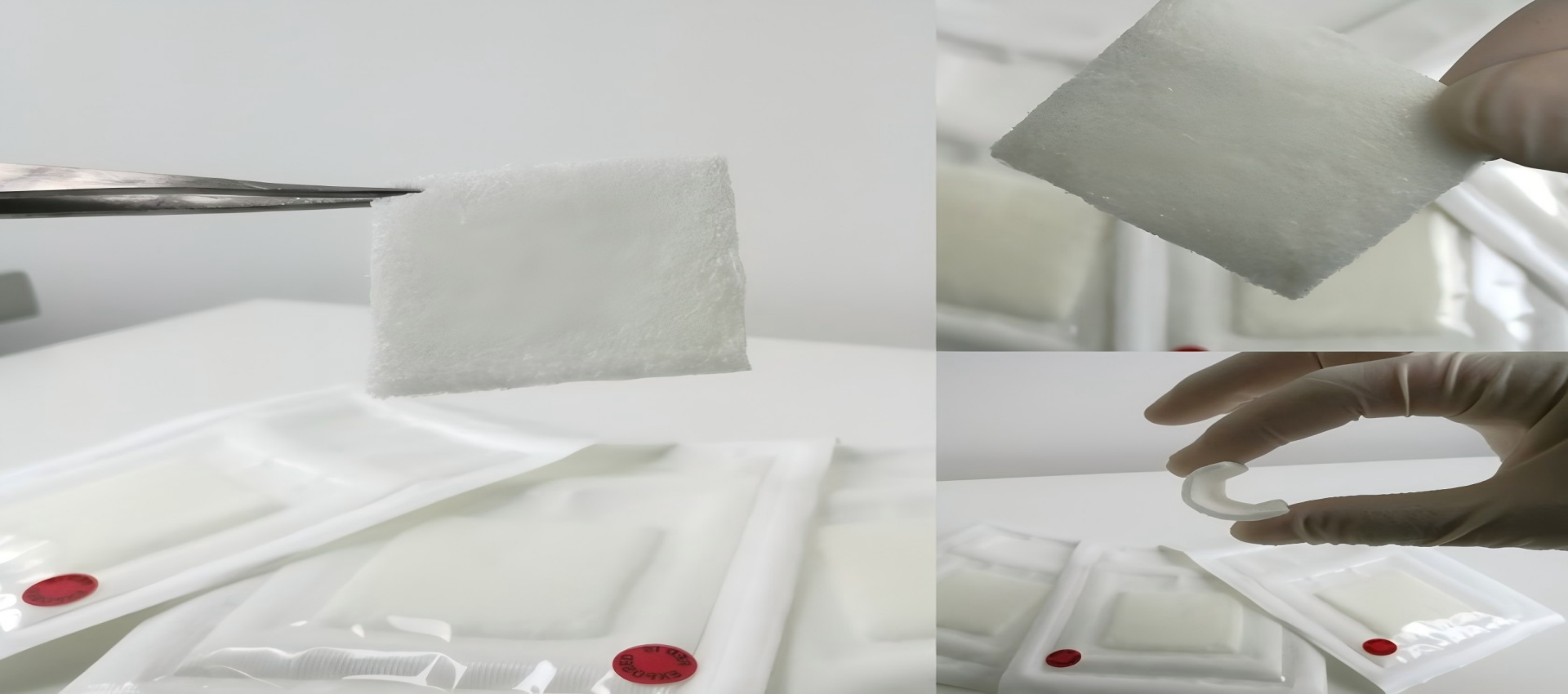
Methyl Hydrogen Silicone Fluid Factory

Methyl Hydrogen Silicone Fluid
Everything you need to know about our products and company
Methyl hydrogen siloxane delivers versatile performance across industrial applications as a reactive silicone fluid. Serving as both crosslinker and surface modifier, it enhances polymer curing, improves coating durability, and provides effective foam control.
The material’s Si-H reactivity enables strong substrate bonding and uniform surface coverage while maintaining thermal stability under demanding conditions. Compatible with diverse industrial materials, it helps optimize manufacturing processes and enhance product performance.
This reliable solution supports efficiency improvements across multiple industrial sectors while meeting international performance standards.
Basic Product Information
TYPICAL PROPERTIES
| Appearance | colorless transparent liquid |
| Viscosity (25℃),mm2/s | 20-250 |
| H% (wt) | 0.04-1.45 |
| Volatile content(150℃,3h),% | ≤11 |
For more specifications,Please email us for detail
Physical Properties
Viscosity Range: 50–10,000 cSt (25°C)
Thermal Stability: Long-term stability from -50°C to 300°C
Chemical Properties
Reactive Si-H Bonds: Enable efficient platinum-catalyzed addition reactions with vinyl silicone oil to form three-dimensional cross-linked networks, ensuring robust material integrity.
Compliance: Meets ROHS, REACH, and UL certifications (flame-retardant grades); solvent residue-free.
Product Functions
Replaces traditional peroxide vulcanization, enabling byproduct-free curing.
Enhances metal/plastic bonding strength by 3–5 times.
Withstands strong acids (pH 1) and organic solvents (e.g., DMSO).
Tailored properties include thermal conductivity, flame retardancy, and electrical conductivity.
Applications
Core Advantages
| Advantage | Industrial Value | Data Support |
| Rapid Curing | Deep cross-linking achieved in 5 minutes | Complete curing under platinum catalysis: 120°C × 3 min |
| High Bond Strength | Aluminum substrate bond strength reaches 8.3 MPa | ASTM D1002 verified |
| Environmental Aging Resistance | No corrosion after 2000h salt spray testing | ISO 9227 compliant |
| Multifunctional Integration | Thermal conductivity up to 1.5 W/m·K | Filled modification (ASTM D5470) |
| Cost Optimization | 30–50% cost reduction by replacing imported materials | Customer procurement data comparison |
Market Value
Global Market Overview
2023 Market Size: USD 12.5–14 billion
2025 Projection: USD 16–18 billion (CAGR 8.5–10%)
2030 Outlook: USD 22–25 billion
Technological Innovation Highlights
Phenyl-Modified Products:
Long-term thermal stability >300°C
Thermal weight loss (250°C/24h) ≤3%
Market Premium:
2–3× higher price premium vs. conventional products
Dedicated to aerospace applications
Solvent-Free Technology:
VOC content ≤10 g/L
Compliant with EU REACH
Biodegradability:
28-day degradation rate ≥60%
Certified by USDA BioPreferred®
Conductive Grades:
Volume resistivity: 10³–10⁶ Ω·cm
Applied in antistatic packaging materials
Self-Healing Grades:
Dynamic disulfide bond system
Crack repair efficiency ≥90%

Experimental Data & Case Studies
Two-component addition-cured silicone rubber
(Hydrogen silicone oil : Vinyl silicone oil = 1:100)
Thermal conductivity: 1.2 W/m·K; Flame retardancy: UL94 V-0
Certification: IP67 rating (validated by 1000h water immersion testing).
30% weight reduction vs. traditional rubber seals.
Annual procurement volume exceeding 200 metric tons by a Top 3 battery manufacturer.
Preparation Methods, Core Technologies & Precautions
Preparation Methods
Chlorosilane Purification:
Three-stage distillation (theoretical plates ≥80)
Metallic impurities ≤0.5 ppm (ICP-MS verified)
Hydrogen Treatment:
Palladium membrane purification (purity ≥99.999%)
Dew point ≤-70°C
Reaction Conditions:
Temperature: 80–120°C (±1°C control)
Pressure: 2.0–3.5 MPa
Space velocity: 0.8–1.2 h⁻¹
Catalyst System:
Supported platinum catalyst (Pt content: 0.5–1.2%)
Lifetime ≥8,000 hours
Chain Transfer Agent:
Tetramethyldihydrodisiloxane (dosage: 0.5–2%)
Polydispersity index (PDI) ≤1.15
Process Control:
Reaction conversion rate ≥99%
Selectivity ≥98%
Core Functional Modification Technologies
Process Parameters:
Phenyltrichlorosilane ratio: 15–25%
Co-hydrolysis temperature: 40–50°C
Performance Enhancement:
Thermal resistance increased to 300°C
Refractive index: 1.48–1.52
Reaction System:
Perfluoroalkyl ethylene (Rf = 4–8)
UV-initiated addition
Special Properties:
Surface energy ≤15 mN/m
Chemical resistance improved by 5×
Two-Step Process:
Epoxy modification (conversion rate ≥95%)
Amination (primary amine content ≥85%)
Application Properties:
Metal bonding strength ≥8 MPa
Curing time (25°C) ≤30 minutes
Advanced Product Manufacturing Technologies
Purification Process:
Molecular distillation (≤0.1 Pa)
Zone melting (20 passes)
Ultrafiltration (0.1 μm ceramic membrane)
Key Metrics:
Metallic ions ≤0.1 ppb
Particles (≥0.2 μm) ≤10 counts/mL
Gamma Irradiation:
Dose: 25–30 kGy
SAL 10⁻⁶ standard
Terminal Filtration:
Dual-layer 0.22 μm PTFE membrane
Integrity test ≥3.5 bar
Dispersion System:
SiO₂ nanoparticles (10–20 nm)
Ultrasonic treatment (power ≥800 W)
Performance:
Thermal conductivity ≥1.5 W/m·K
Mechanical strength improved by 300%
Precautions
Avoid exposure to N/P/S-containing compounds (catalyst poisoning).
Post-mixing processing time <60 minutes (at 25°C).
Packaging & Ordering
Packaging: 200kg/1000kg plastic drums (customizable).
Our most popular products loved by customers worldwide
Methyl hydrogen siloxane serves as a multifunctional additive that significantly improves processing characteristics and final properties in silicone rubber applications. This specialized silicone fluid features reactive Si-H groups that enable efficient cross-linking through hydrosilylation reactions with vinyl-functionalized silicone rubbers. .
Medical-grade Methyl hydrogen siloxane serves as a versatile functional material in healthcare applications, combining high purity with reactive Si-H groups for enhanced performance. This specialized silicone fluid enables precise cross-linking in implantable devices, provides controlled drug release matrices, and creates anti-fouling surface coa.
Methyl hydrogen siloxane serves as a versatile functional additive in personal care products, leveraging its unique Si-H reactivity and silicone properties to deliver enhanced performance across various applications. This specialized material acts as an effective cross-linker in hair care products, creating durable yet flexible films that provide.
Methyl hydrogen siloxane serves as a innovative processing aid that enhances both the efficiency of leather manufacturing and the quality of finished products. This reactive silicone fluid improves leather softness and flexibility through effective fiber lubrication and molecular-level modification. Its unique chemical properties enable superior .